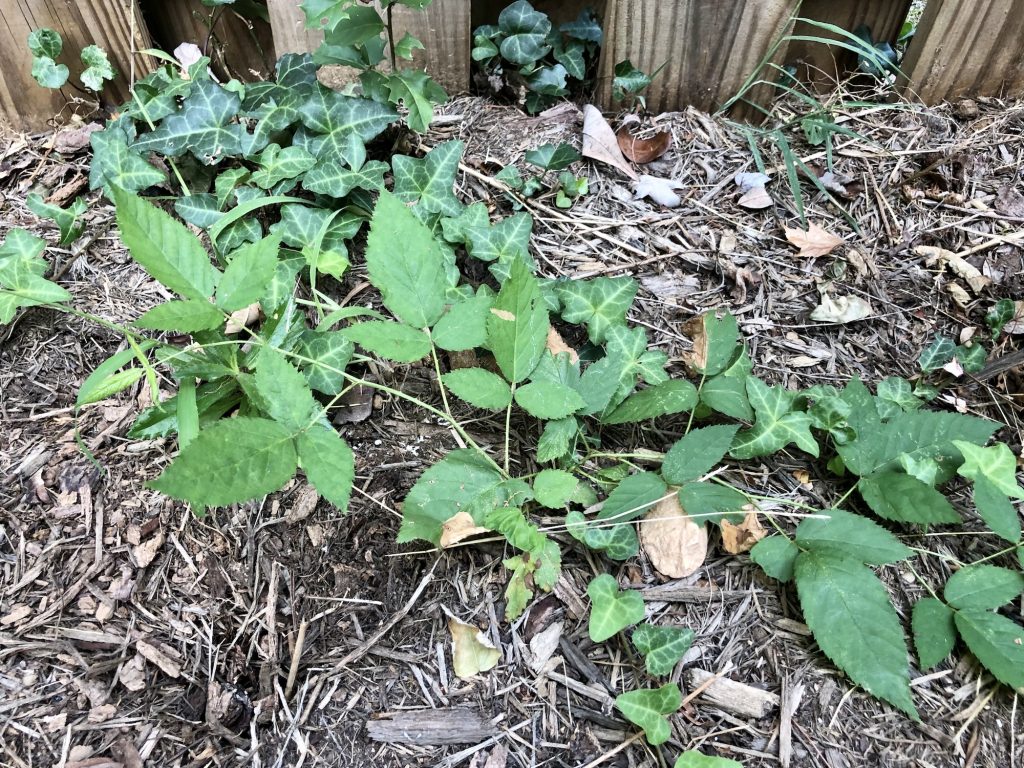Plants are an essential part of our environment and provide many benefits to humans. However, some plants can be dangerous and potentially deadly. In this article, we will discuss the world’s most poisonous plants that you need to avoid. We will provide information on the plants’ appearance, symptoms of poisoning, and what to do if you come into contact with them.
1. Introduction
Poisonous plants are found all over the world and can cause a variety of symptoms in humans, from rashes to seizures and even death. It is essential to know what plants to avoid and what to do if you come into contact with them. In this article, we will cover the world’s most poisonous plants and how to recognize them.
2. Poison Ivy

Poison ivy is a common plant found in North America that can cause an itchy rash when it comes into contact with the skin. It is identified by its three shiny green leaves and can grow as a vine or shrub. The rash caused by poison ivy can be treated with over-the-counter creams or prescription medication in severe cases.
3. Poison Oak
Poison oak is a plant found in North America that can cause a rash similar to poison ivy. It is identified by its three leaves that resemble oak leaves and can grow as a shrub or vine. The rash caused by poison oak can be treated with over-the-counter creams or prescription medication in severe cases.
4. Poison Sumac
Poison sumac is a plant found in North America that can cause a severe rash when it comes into contact with the skin. It is identified by its seven to thirteen leaves arranged in pairs, with one leaf at the end. The rash caused by poison sumac can be treated with over-the-counter creams or prescription medication in severe cases.
5. Deadly Nightshade
Deadly nightshade is a plant found in Europe and North America that can cause a variety of symptoms, including dilated pupils, hallucinations, and even death. It is identified by its small purple or black berries and bell-shaped flowers. All parts of the plant are poisonous and can cause severe symptoms if ingested.
6. Castor Bean Plant
The castor bean plant is a tropical plant found in Africa that is known for its poisonous seeds. The seeds contain ricin, a toxin that can cause severe symptoms if ingested, including vomiting, diarrhoea, and seizures. The plant is identified by its large leaves and spiky green seed pods.
7. Angel’s Trumpet
Angel’s trumpet is a plant found in South America that is known for its large, trumpet-shaped flowers. All parts of the plant are poisonous, and symptoms of poisoning include hallucinations, confusion, and even coma. The plant is identified by its large flowers that hang downward and its large green leaves.
8. Oleander
Oleander is a plant found in Asia and the Mediterranean that is known for its poisonous leaves and flowers. The plant can cause symptoms such as nausea, vomiting, and irregular heartbeats if ingested. Oleander is identified by its pink, white, or red flowers and its long, slender leaves.
9. Hemlock
Hemlock is a plant found in Europe and North America that is known for its poisonous properties. The plant contains coniine, a toxin that can cause symptoms such as tremors, seizures, and even death if ingested. Hemlock is identified by its white flowers and fern-like leaves.
10. Foxglove
Foxglove is a plant found in Europe, Asia, and North America that is known for its poisonous properties. The plant contains digitalis, a toxin that can cause symptoms such as nausea, vomiting, and irregular heartbeats if ingested. Foxglove is identified by its bell-shaped flowers and large, green leaves.
11. Aconite
Aconite is a plant found in Europe and Asia that is known for its poisonous properties. The plant contains aconitine, a toxin that can cause symptoms such as numbness, tingling, and even death if ingested. Aconite is identified by its purple flowers and large, green leaves.
12. Water Hemlock
Water hemlock is a plant found in North America that is known for its poisonous properties. The plant contains cicutoxin, a toxin that can cause symptoms such as seizures, hallucinations, and even death if ingested. Water hemlock is identified by its white flowers and fern-like leaves.
13. Gympie Gympie
Gympie Gympie is a plant found in Australia that is known for its extremely poisonous stinging hairs. The hairs contain a toxin that can cause symptoms such as intense pain, swelling, and even death if not treated. Gympie Gympie is identified by its heart-shaped leaves and small, red fruit.
14. Manchineel Tree
The manchineel tree is a tropical tree found in the Caribbean and Central and South America that is known for its poisonous properties. The tree contains phorbol, a toxin that can cause symptoms such as severe skin irritation, eye damage, and even death if ingested. The manchineel tree is identified by its small green fruit and glossy leaves.
15. Conclusion
In conclusion, it is important to be aware of the world’s most poisonous plants to avoid them and prevent potential harm. It is crucial to learn how to identify these plants and what to do if you come into contact with them. If you suspect poisoning from any plant, seek medical attention immediately.

